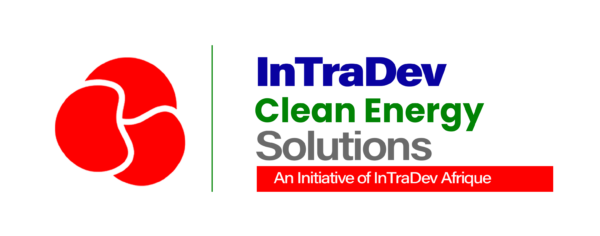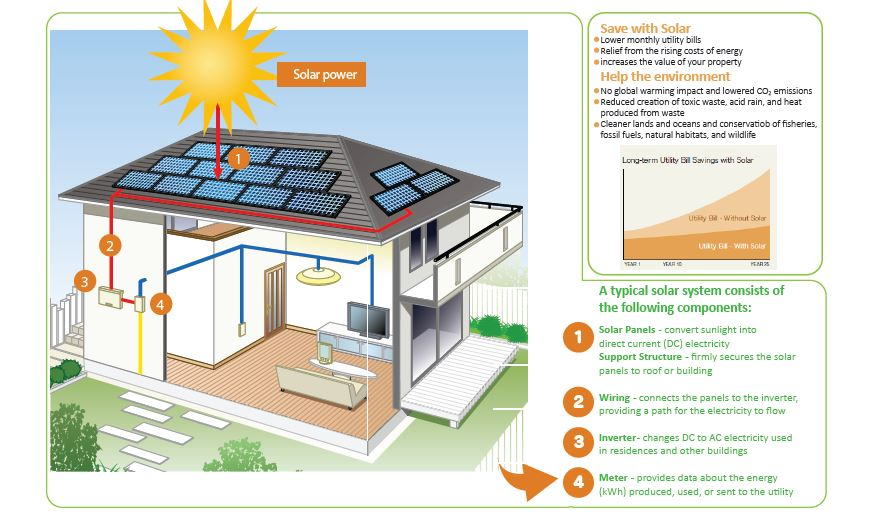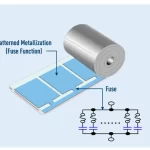Remote access to the inverter
Allows you to monitor all energy generation data via an app and check whether the system’s efficiency is as designed.
1. Solar Module
Solar energy is transmitted by electromagnetic radiation: these waves are converted by means of photovoltaic cells into direct current electrical energy. The solar module (solar panels) is composed of several cells that carry out this conversion. A photovoltaic power generation system has several modules connected to each other, converting solar energy into electrical energy. This item is the fundamental component for the generation of our energy.
2. Electric Current Inverter
This component is responsible for transforming the energy generated in the photovoltaic cells into alternating current energy, identical to that supplied by the concessionaires. With this, it is possible to use the energy generated to power electrical equipment such as refrigerators, televisions, computers, light bulbs, etc.
3. Energy Distribution
The energy transformed in the inverter is sent through the electrical conductors to the property’s distribution board. It is necessary to verify the current situation of the property’s entrance board and distribution board.
4. Energy Use
The energy generated is consumed by electrical appliances connected to the sockets, becoming the source of supply for the property.
5. Surplus Generation
In the initial dimensioning, the consumption in the 24 hours of the day is calculated. As we can only generate energy for part of the day, when we generate energy we have a credit for it that is returned to the utility grid. This surplus is the energy we use when our system is not working. This is possible by installing a bidirectional clock at the property’s energy input: this clock is responsible for measuring the amount of energy used and the amount generated by the photovoltaic system, causing the credits generated during solar capture to be used in the period when generation is not happening. The period for using these credits is 60 months.
The advantages of solar energy
- High profitability
- Secure return on investment
- Immunity to readjustments
- Environmental preservation
- Real property valuation
- low maintenance
- Noise-free system
- long durability
Off Grid and On Grid Systems
The Off Grid system is not connected to the utility grid, it works with energy storage through batteries. The On Grid system is connected to the utility network.
Power outage on the network
It is possible to have energy even in the absence of energy in the utility network. For this, it is necessary to have installed the Off Grid system , which has batteries to store the energy generated. Another option is to have a hybrid system, connected to the grid and also with batteries.
Electronic equipment
Solar energy transformed into electrical energy can be used in practically all electronic equipment, such as television, washing machine, computer, water heater, etc.
Cloudy or rainy days
Power generation is done using solar radiation captured by the panels and this happens even on cloudy days.
Cold places
It is possible to install and generate solar energy in low-temperature locations, as energy generation is done using solar radiation captured by the panels, which happens at any temperature.
Hot places
Energy generation depends on the incidence of solar radiation, which is not directly proportional to temperature. That is, in very hot places with many clouds little energy is generated, colder places with less incidence of clouds generate more energy.





